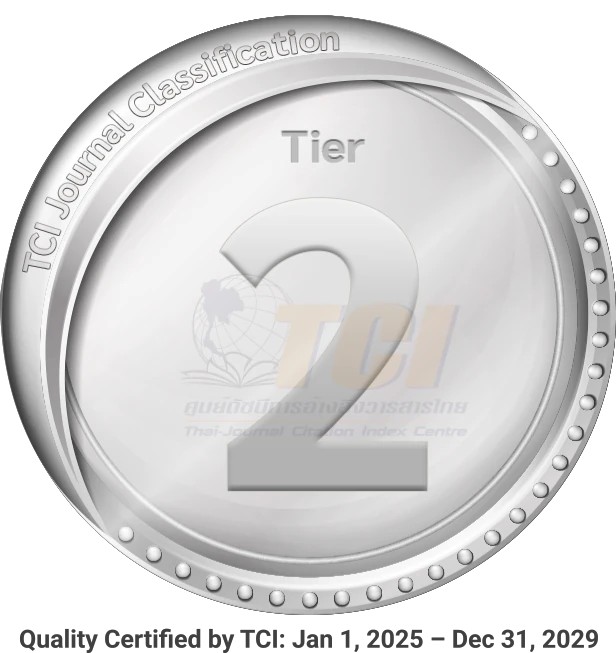THE WORLD ACCORDING TO CHILDREN WRITERS (A Cultural Analysis on the Kecil-Kecil Punya Karya (Children Writers) series: Indonesian Children Books Written by Children)
Abstract
The paper discusses the ways in which the worlds and societies in texts written by children for their peer are constructed in the book series, Kecil-Kecil Punya Karya (henceforth, KKPK). The study aims to unveil and reconstruct the underpinning ideas or concepts which might have contributed to the worlds created by these children writers in the KKPK texts. Based on the texts’ theme, twenty two books are selected based on their genre for a qualitative analysis. The study is initiated with a formal analysis which looks into the elements of texts such as characters and characterization, plots, conflicts as well as the writers’ crafts such as diction and figures of speech. Data from the formal textual analysis are read and framed to construct potential meanings using theoretical propositions from Hunt (1994) on ideology in children’s literature and Bhabha (2004) on hybridity. The findings indicate that the texts have created a hybrid world which constitutes aspects indicating both global and local influences. The influences manifest, most of the time simultaneously, in the various elements of the texts resulting in hybrid texts which raise questions about the explicit ideology asserted in the texts. The children’s textual constructions of their own world indicate the ease, comfort, and customary daily routines in choosing and using texts to show and assert an inclination toward a world (or worlds) dictated by capitalistic drives
which are commonly wrapped in debatable Islamic or nationalistic (or local) perspectives. Despite the good intention on the adults’ part in encouraging children to write and become writers, the texts reveal that texts for children-even when they are written by children- should not be taken for granted and
assumed as innocent.



